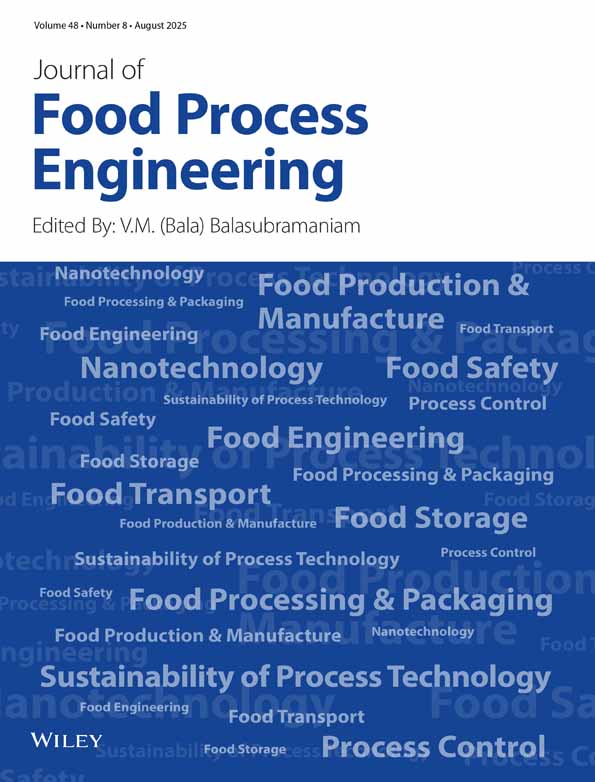OPTIMIZATION OF QUALITY RETENTION IN CONDUCTION-HEATING FOODS OF CONICAL SHAPE1
Florida Agricultural Experiment Station Journal Series No. R-09306
ABSTRACT
A cone frustum is an alternative shape for packaging thermally processed foods that can be useful in modeling the increasing number of microwaveable, ready-to-eat conical-shaped food containers seen on supermarket shelves. Thermal processing in a cone frustum can be optimized by using numerical models for heat transfer to predict temperature distribution profiles, together with thermal destruction kinetics of target organisms and nutrient/quality factors. Iso-lethality curves, showing combinations of process time and retort temperature that deliver equal lethality, were developed for each of three different cone frustum geometries (different dimensional proportions of major and minor diameters and height). Total volume average quality retention was determined for equivalent process time-temperature combinations for quality factors with assumed thermal degradation kinetic parameters (D and Z-values). Response of quality retention to the equivalent process combinations (designated by their retort temperature) revealed optimum process conditions that delivered maximum quality retention. The effect of kinetic parameters, thermal properties, and surface heat transfer coefficient on quality retention response to equivalent process conditions was also studied and compared with findings reported in the literature for the case of more traditional finite cylinder shapes.




